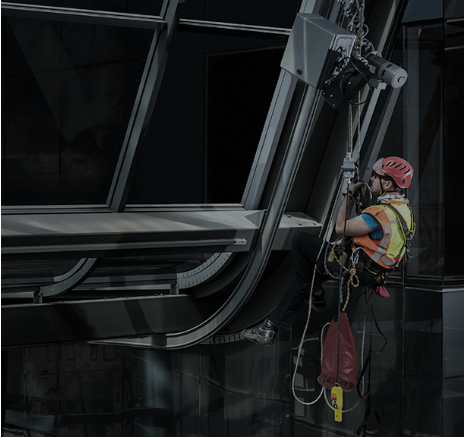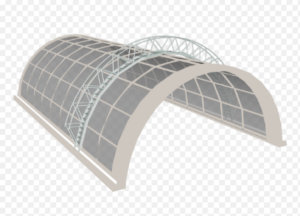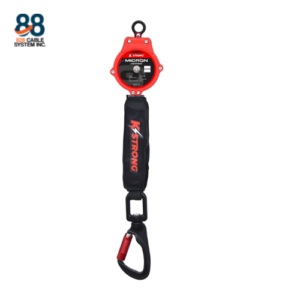
Fall Arrest Lifeline Solutions: Ensuring Safety in the Philippines & Asia
In industries across the Philippines and Asia, ensuring the safety

In the dynamic world of modern architecture and construction, efficient vertical access solutions play a pivotal role in ensuring the smooth execution of maintenance, cleaning, and construction tasks. Rail systems have emerged as indispensable tools, offering safe and customizable access to heights that were once challenging to reach. In this blog post, we’ll delve into the realm of rail systems, exploring their significance and introducing three innovative solutions designed to elevate projects to new heights.
Rail systems are meticulously engineered to provide safe and efficient vertical access in architectural settings. These systems serve as the backbone for accessing heights, facilitating tasks ranging from routine maintenance to complex construction projects. Key considerations in choosing a rail system include safety, flexibility, and customization, ensuring that the solution meets the unique requirements of each project.
The Aluminum Suspension Rail System stands out as a versatile and customizable solution for vertical access. Designed to seamlessly integrate into architectural settings, this system offers a wide range of features to meet diverse project needs. From curved designs to powder coating available in any RAL color, the Aluminum Suspension Rail System allows for unparalleled architectural integration. Its trolleys ensure smooth and controlled movement along the rail’s flange, with options for manual, motorized, or battery-powered operation. Whether accessing heights ranging from 5 to 300 meters, this system empowers users with efficient and flexible access solutions.
For projects requiring discreet vertical access solutions, the Concealed Rail System offers seamless integration into technical ceilings or soffits. This system is designed to harmonize with the building’s aesthetics while providing reliable access to heights. Customizable with curved configurations and powder coating in various colors, the Concealed Rail System ensures precision alignment and smooth horizontal movement. Specially crafted brackets and trolleys enhance usability, making it an ideal choice for projects where architectural integrity is paramount.
In installations with inclined facades or atriums, the Climbing Rail System offers specialized access solutions tailored to unique challenges. Featuring a robust stainless steel chain inserted into the lower channel of the rail, this system enables safe and dependable access to slopes of up to 70 degrees. The climbing trolley, equipped with a pinion, ensures smooth ascension, making it highly suitable for projects with significant inclines. With its emphasis on reliability and safety, the Climbing Rail System is the go-to choice for specialized applications requiring access to inclined surfaces.
Selecting the right rail system is crucial for ensuring safe and efficient vertical access in architectural projects. Factors to consider include project requirements, architectural aesthetics, and adherence to safety standards. Consulting with experts and evaluating the suitability of different rail systems for specific applications can help make informed decisions. 828 Cable System Inc. By choosing the right rail system, project stakeholders can elevate their projects to new heights while ensuring the safety and satisfaction of all involved parties.
Rail systems represent the pinnacle of innovation in vertical access solutions for architecture. Whether it’s the versatility of the Aluminum Suspension Rail System, the seamless integration of the Concealed Rail System, or the specialized solutions offered by the Climbing Rail System, these innovative solutions empower users to tackle tasks with confidence and efficiency. By understanding the unique features and benefits of each rail system, project stakeholders can make informed decisions that ensure the success of their projects.

In industries across the Philippines and Asia, ensuring the safety

In today’s architecture and urban planning, greening solutions play a

In today’s fast-paced world of construction and maintenance, efficient access

In industries where working at heights is commonplace, ensuring the

In workplaces where heights are involved, ensuring safety against falls

In the realm of modern architecture, the integration of innovative
Copyright © 828 Cable System Inc. Philippines 2023 All Right Reserved